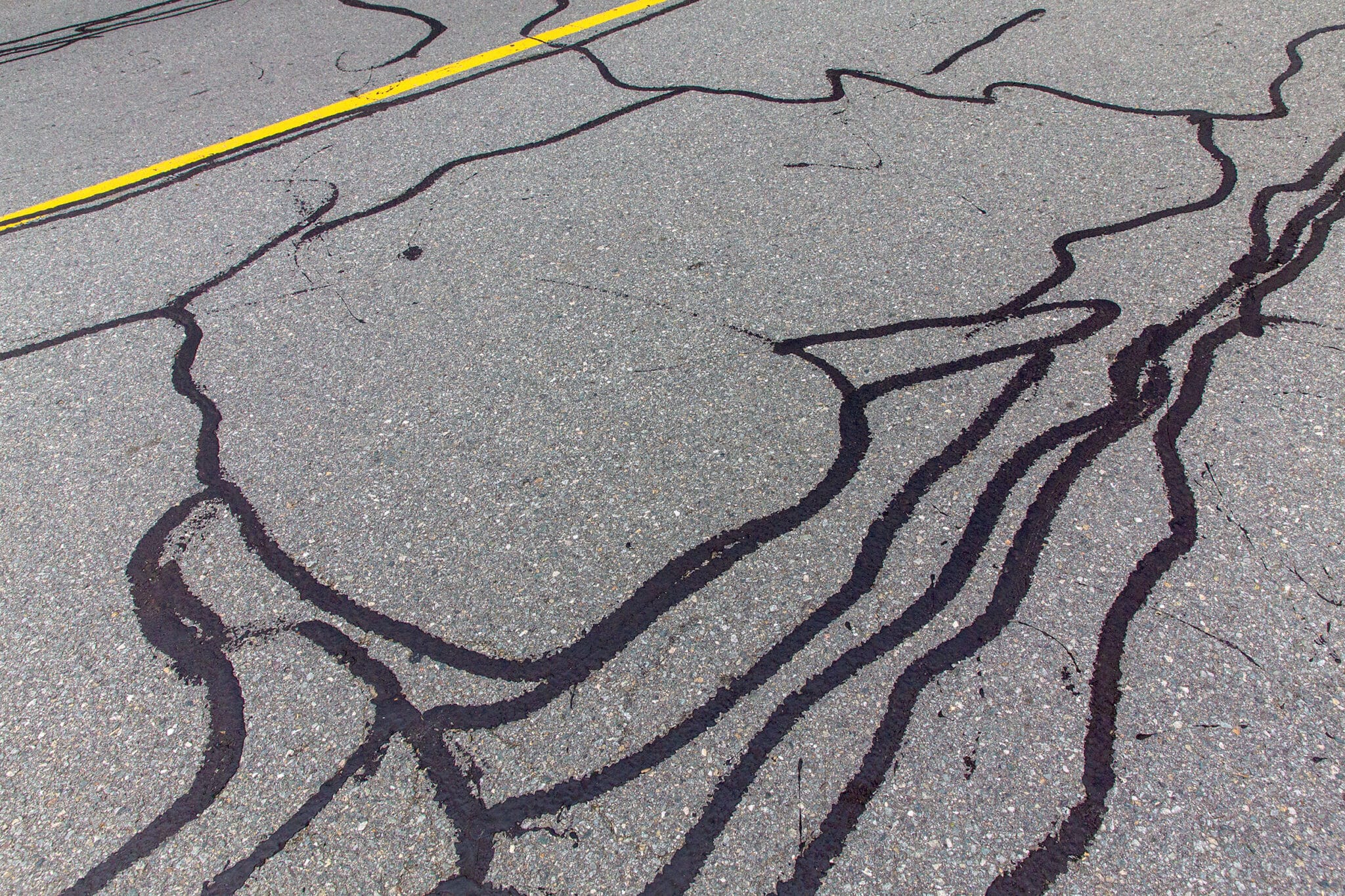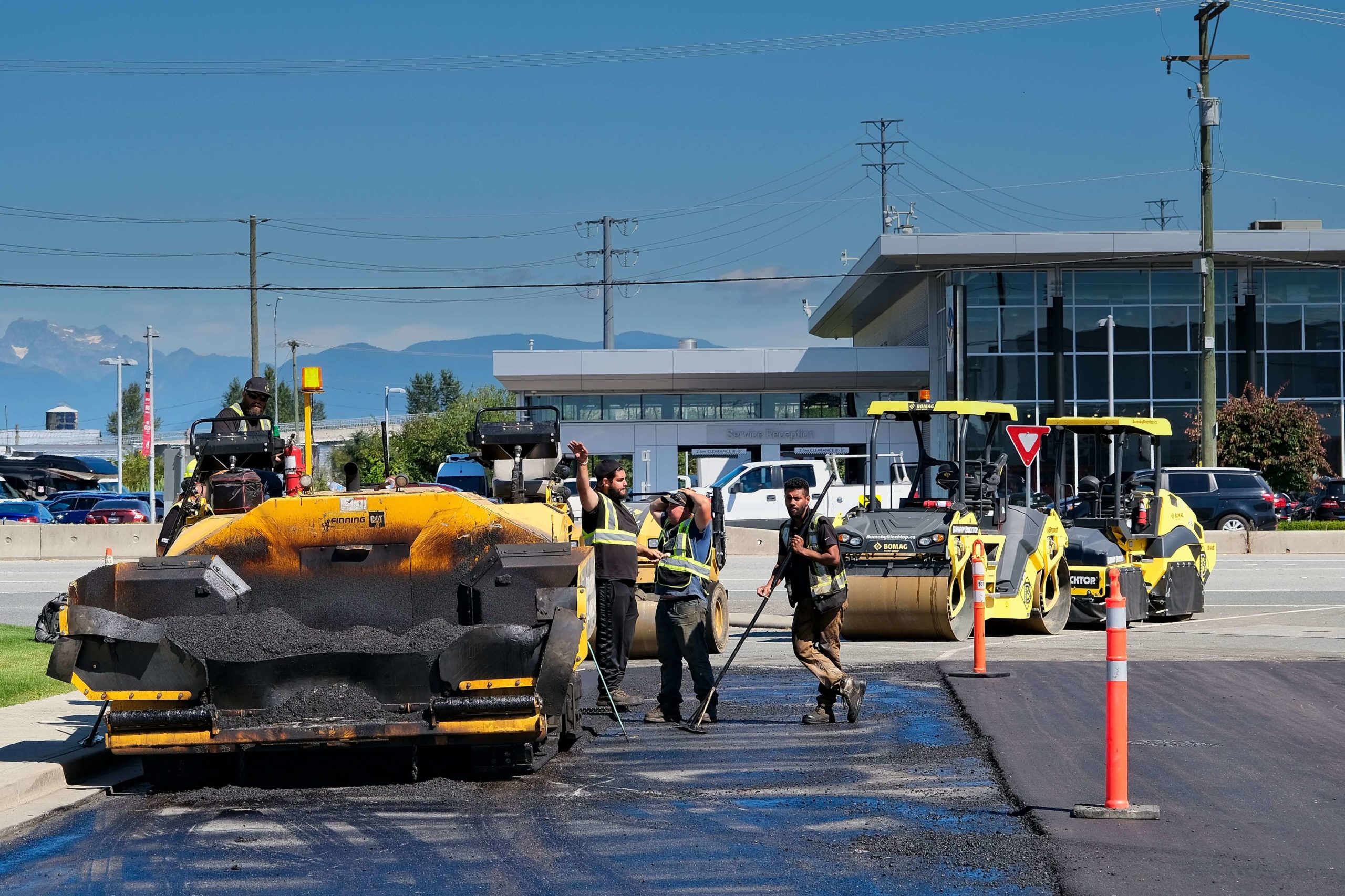Warm Mix Asphalt: A Lasting Remedy for Sidewalk
Warm Mix Asphalt (HMA) has actually become a leading lasting selection for sidewalk options, using a myriad of ecological advantages and cutting-edge innovations. Its ability to lower and reuse products power usage provides an engaging situation for its adoption in road construction projects. Furthermore, the long-term efficiency and longevity of HMA make it a recommended choice for facilities development. As the need for green building practices expands, checking out the nuances of HMA's sustainability can give useful insights right into the future of pavement solutions.
Ecological Benefits of Warm Mix Asphalt

In Addition, Hot Mix Asphalt aids to reduce city heat island results. Its dark color soaks up sunshine, minimizing the amount of warm mirrored back into the environment compared to lighter-colored pavements. This can decrease ambient temperatures in metropolitan locations, decreasing the demand for cooling and ultimately minimizing power consumption.
On top of that, Hot Mix Asphalt contributes to enhanced stormwater monitoring. Its permeable nature permits water to infiltrate the pavement and recharge groundwater materials, lowering drainage and the danger of flooding. These environmental benefits make Hot Mix Asphalt a sustainable option for leading roadways and freeways.
Energy Efficiency in HMA Production
Is energy effectiveness an essential consider the manufacturing of Warm Mix Asphalt (HMA)? Definitely. Power plays a substantial duty in the manufacturing of HMA, affecting both expense and environmental sustainability. One essential element of energy effectiveness in HMA production is making use of warm mix asphalt (WMA) technologies (angled parking). WMA permits the mixing and positioning of asphalt at reduced temperature levels compared to conventional hot mix asphalt, resulting in lowered power usage during production. This procedure not just decreases fuel use however likewise lowers greenhouse gas exhausts, making it a much more ecologically friendly alternative.
Additionally, advancements in plant modern technologies have led to even more energy-efficient HMA production procedures. Modern plants are designed with attributes like recycled asphalt pavement (RAP) handling capabilities, reliable burner systems, and boosted insulation, all contributing to power savings. By maximizing energy use in HMA production, the market can lower its carbon footprint while keeping premium sidewalk materials. Power efficiency is, as a result, an essential factor to consider in guaranteeing the sustainability of Warm Mix Asphalt manufacturing.
Recyclability of Hot Mix Asphalt
The recyclability of Warm Mix Asphalt (HMA) is a critical facet of its sustainability and long-lasting ecological effect. HMA is among the most recycled materials in the USA, with over 100 million lots of reclaimed asphalt sidewalk (RAP) being reused every year in brand-new sidewalk construction. Recycling HMA provides a number of ecological advantages, such as lowering the need for virgin materials, reducing power intake throughout manufacturing, and lowering the quantity of waste sent out to landfills.
The process of reusing HMA includes grating the existing pavement, squashing it into smaller items, and blending it with new aggregate Read Full Report and asphalt binder to develop a recycled mix. Generally, the recyclability of HMA plays a significant role in advertising lasting methods within the pavement sector.

Long-Term Performance of HMA
Asphalt pavements demonstrate longevity and durability over an extended duration, showing the long-term efficiency of Hot Mix Asphalt (HMA) In addition, innovations in HMA modern technology, such as the usage of polymer-modified binders and cozy mix asphalt, have actually better enhanced the durability and durability of HMA sidewalks. By prioritizing high quality construction and maintenance methods, HMA proceeds to prove itself as a lasting and cost-efficient remedy for resilient pavement facilities.

HMA: Resilience and Sustainability
Showing both toughness and sustainability, Hot Mix Asphalt (HMA) has actually come to be a foundation in the construction of resilient pavement frameworks - angled parking. HMA's durability comes from its capacity to stand up to hefty tons, rough weather, and high traffic quantities, basics making it a dependable selection for roadways, freeways, and airport terminal runways. The structure of HMA, which typically includes accumulations, binder, and filler, plays an important duty in enhancing its durability and resistance to put on and tear
Additionally, HMA's sustainability hinges on its recyclability and energy-efficient production process. The capability to recycle reclaimed asphalt pavement (RAP) in new HMA combinations reduces the demand for virgin products and decreases the environmental impact of pavement building and upkeep. In addition, the energy efficiency of creating HMA depends on its reduced blending temperature levels contrasted to other pavement materials, causing minimized power intake and greenhouse gas emissions.
Conclusion
In verdict, warm mix asphalt (HMA) supplies a lasting solution for pavement with its eco-friendly qualities. HMA's recyclability, power effectiveness in manufacturing, and long-lasting longevity make it an environment-friendly selection for roadway construction. By saving natural resources, reducing waste, and lowering greenhouse gas exhausts, HMA plays an essential function in promoting sustainability in facilities development. Its ability to mitigate city his comment is here warmth island results additionally highlights its significance in creating ecologically conscious and resistant sidewalk systems.
HMA is one of the most recycled products in the United States, with over 100 million lots of reclaimed asphalt sidewalk (RAP) being reused each year in new sidewalk building.The process of reusing HMA involves grating the existing pavement, squashing it into smaller sized pieces, and mixing it with brand-new aggregate and asphalt binder to develop a recycled mix.Asphalt pavements show toughness and resilience over an extensive period, reflecting the long-lasting performance of Warm Mix Asphalt (HMA) Additionally, improvements in HMA technology, such as the usage of polymer-modified binders and cozy mix asphalt, have better enhanced the longevity and durability of HMA sidewalks. The ability to recycle redeemed asphalt pavement (RAP) in brand-new HMA mixtures decreases the need for virgin products and reduces the ecological impact of sidewalk construction and maintenance.